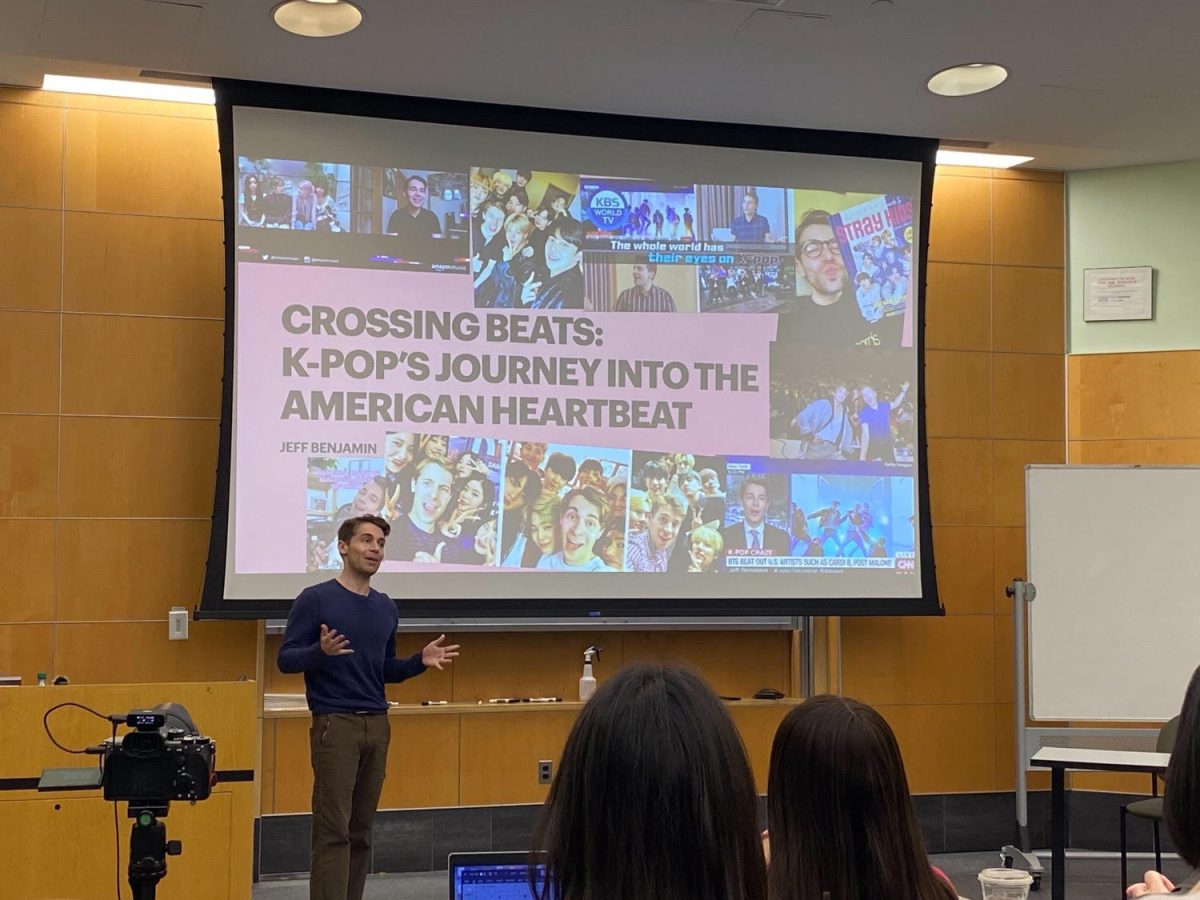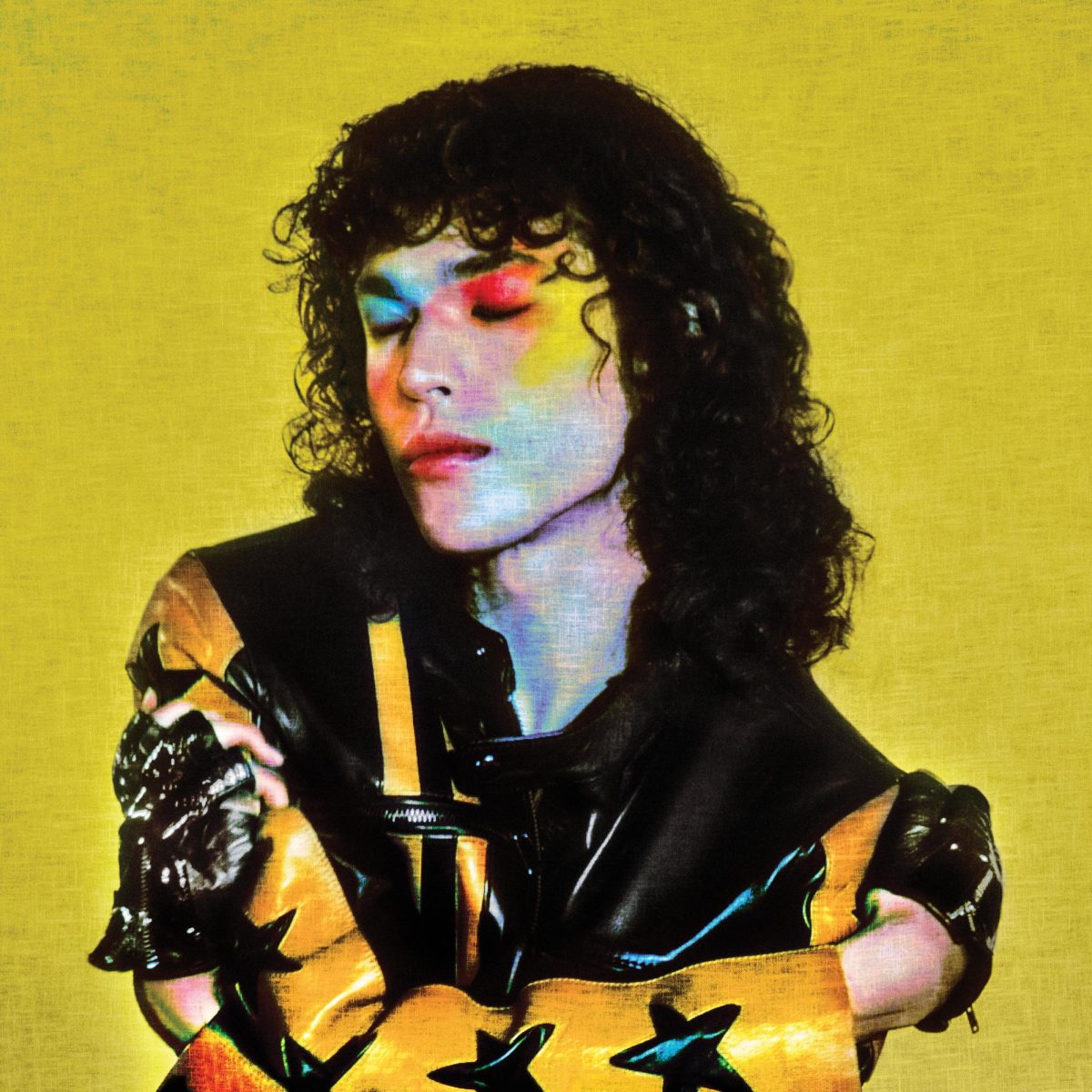
Presidential pardons of turkeys, mothers stressing over what to put in the stuffing, kids fighting over which end of the wishbone they can take and fathers glued to the TV watching football. These traditions epitomize American Thanksgiving, but it doesn’t describe Thanksgiving in other parts of the world. Our neighbors just to the north celebrate Thanksgiving differently than us.
There are many different origins about how Canadian Thanksgiving first started. However, the most popular origin story is about English privateer Sir Martin Frobisher, who founded what is now known as Baffin Island in Canada after unsuccessfully trying to find the Northwest Passage. It is said that when the crew saw land, they celebrated with a dinner on the ship. Their meal consisted of peas and biscuits and they gave each other communion. But it was not until 1859 that the term “Thanksgiving” came into full effect.
After Charles Darwin’s book “On the Origin of Species” became popular and people started to steer away from Christianity, ministers petitioned that colonial governments should make an official day to thank God. But, this Thanksgiving was every Wednesday during the middle of the day and colonists had to use that time to pray. Years later, colonists stopped seeing the importance of this “Thanksgiving”; instead of praying and giving thanks, they used that time to do other activities. In 1957, the Canadian Parliament made the date of Thanksgiving as the second Monday in October. This year, 2019, the date of Canadian Thanksgiving fell on Oct. 14.
Canadian Thanksgiving differentiates from American Thanksgiving in many ways. Firstly, Thanksgiving in Canada is not celebrated as widely compared to America; there are no parades or football games, but they do have the Monday off. Not all families celebrate Thanksgiving on the actual day and instead, they will celebrate the Sunday or Saturday before and use Monday as a day of leisure. Canada also didn’t officially have a legendary day of discount shopping the day afterwards; however, in recent years, Canadian stores have seemingly adopted Black Friday and Cyber Monday sales. Nevertheless, their food, is usually the same as that of Americans with some added Candian treats like butter tarts.
Bundina Virdee, a 23-year-old high school teacher from Ottawa, Ontario gave some insight on the biggest difference she notices between American and Canadian Thanksgiving.
“I think the biggest differences between Canadian and American Thanksgiving is that with the American Thanksgiving, the celebrations seem bigger, with a parade happening and the usual traditions to watch and play football over the weekend,” she said. “In Canada, I feel that we don’t really have a ‘celebration’ and it is more of an opportunity to see family you haven’t seen in a while and you get to enjoy being at home with the people you love.”
Cassie Elmsley, a 23-year-old graduate from Carleton University in Ottawa, Ontario added,“… it seems that Americans focus more on the pilgrims and the ‘discovery’ of the country — looking into the history of the nation shows that this is a point of contention, since it involved acts against the indigenous people which they certainly would not be thankful for.”
Cassie also celebrates Thanksgiving in a very cool and unique way compared to most Americans.
“My extended family lives in Cobourg, a small town about an hour outside Toronto. I live in Ottawa, so every Thanksgiving I travel to Cobourg with my parents and stay in a trailer at a campground on the shore of Lake Ontario. When the weather is nice, we hold our big dinner there, with a bunch of picnic tables pushed together to accommodate all [40] family members, and everyone brings a dish, since it’s difficult to cook in the trailer’s small kitchen.”
While there are differences between American and Canadian Thanksgiving, they both celebrate a time to get together with friends and family. They are a reminder to be thankful for all that one has in life. “Joyeux Action de Grâce” (“Happy Thanksgiving” in French) to all of Stony Brook’s Canadian students and faculty.











